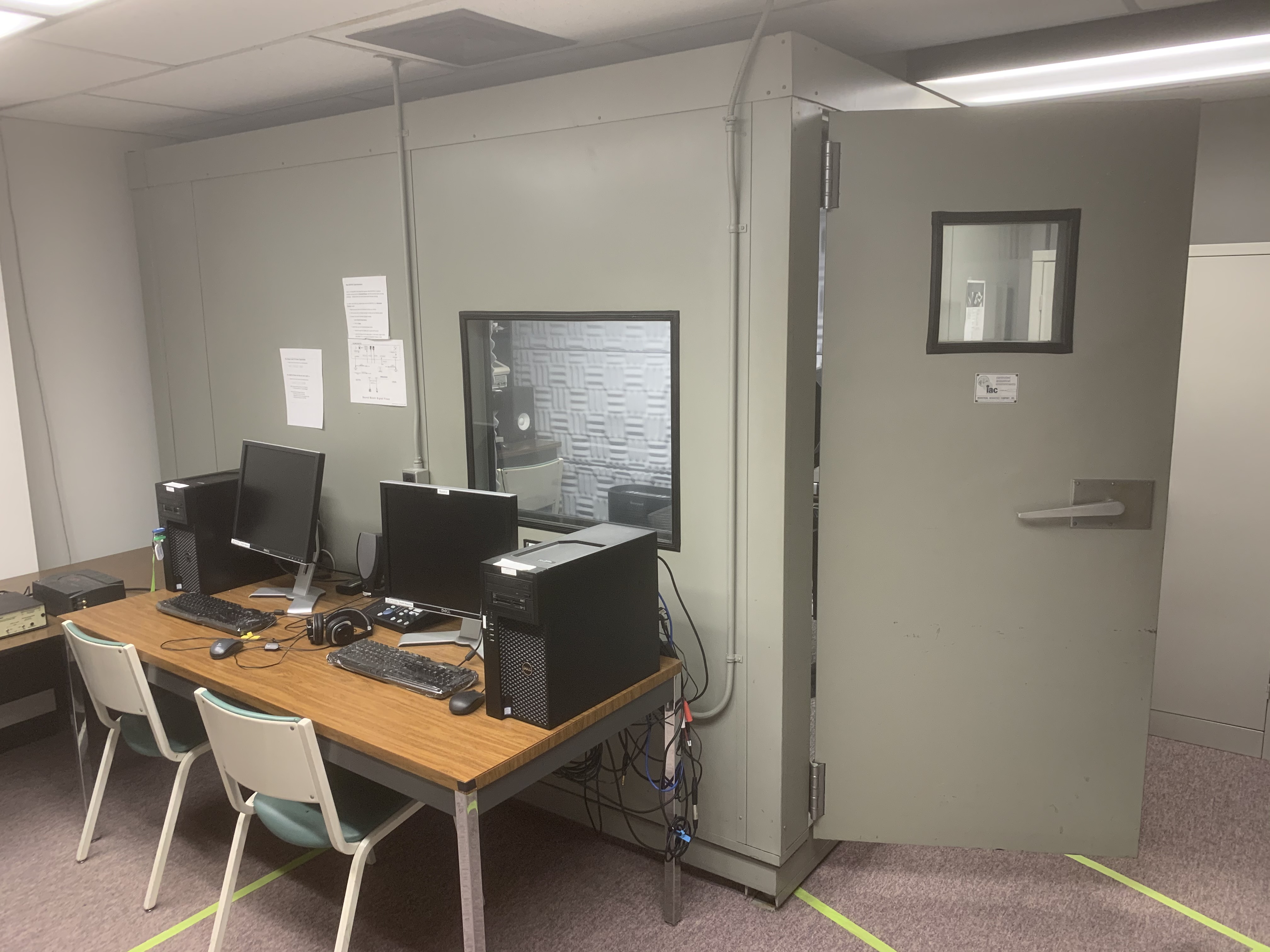About
The Cornell Phonetics Lab is a group of students and faculty who are curious about speech. We study patterns in speech — in both movement and sound. We do a variety research — experiments, fieldwork, and corpus studies. We test theories and build models of the mechanisms that create patterns. Learn more about our Research. See below for information on our events and our facilities.
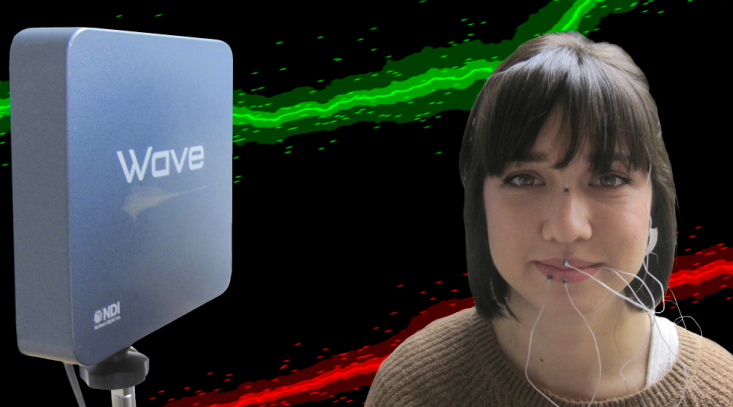
Upcoming Events

12th April 2023 12:10 PM
PhonDAWG - Phonetics Lab Data Analysis Working Group
We will look at Binna's Icelandic data with the R emmeans function, and Sam will discuss how to quantify noise in ElectroGlottograph measurements.
Location: B11 Morrill Hall, 159 Central Avenue, Ithaca, NY 14853-4701, USA14th April 2023 12:10 PM
Phonetics Lab Meeting
We will continue our discussion of P. Smolensky's Information Processing in Dynamical Systems: Foundations of Harmony Theory, 1986.
Please read through the end of section 1 (up to page 213).
Location: B11 Morrill Hall, 159 Central Avenue, Morrill Hall, Ithaca, NY 14853-4701, USA
19th April 2023 12:10 PM
PhonDAWG - Phonetics Lab Data Analysis Working Group
Bayesian Regression tutorial, part 1
Location: B11 Morrill Hall, 159 Central Avenue, Ithaca, NY 14853-4701, USA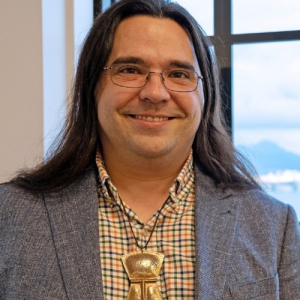
20th April 2023 04:30 PM
Cornell Linguistics Circle & Linguistics Colloquium Speaker: Dr. James Crippen of McGill University
The Department of Linguistics and the Cornell Linguistics Circle proudly presents Dr. James Crippen, Assistant Professor at the Department of Linguistics, McGill University, who will give a lecture on "The syntactic derivation of complex verb morphology and so-called ‘polysynthesis’ in Tlingit"
Abstract:
Languages in the Na-Dene (= Dene-Eyak-Tlingit) language family are among the North American Indigenous languages famed for the morphological complexity of their verbs.
I argue based on an extremely broad range of empirical evidence that the verb words in Tlingit are complex syntactic structures encompassing the whole of AspP. Each morpheme in the verb is a syntactic terminal variously instantiating argument structure, event structure, aspect, mood, or modality, all based on an acategorial root. Ordering of terminals is a consequence of regular syntactic structure formed by Merge and conditioned by selection, agreement, and semantic and phonological constraints.
The syntax in the Tlingit verb requires no extraordinary theoretical mechanisms beyond vanilla Minimalism. Position-class slot-and-filler templates are unnecessary, as are dedicated morphological operations, and ‘polysynthesis’ is discarded as uninformative. Discontinuous morphology does not exist in the system: long distance dependencies between syntactic terminals are instances of phase-based movement and agreement along with compositional semantic operations.
The appearance of a verb as a single word is irrelevant for the syntax, arising from the highly constrained phonological content of the syntactic terminals and the regular mapping of syntactic structures to domains within a recursive phonological word.
This analysis raises significant questions about supposedly irregular or unanalyzable phenomena, with interesting consequences for theories of phonology, syntax, and semantics.
Bio:
Dzéiwsh James A. Crippen joined the Department of Linguistics at McGill University in 2021. He received his PhD in linguistics at the University of British Columbia in 2019 with a dissertation on syntactic structure in the Tlingit language.
Dzéiwsh is Tlingit, a member of the Kaaḵáakʼw Hít (Basket/Arch House) of the Deisheetaan clan in the Raven moiety (Laayineidí) and a child of the Sʼiknax̱.ádi clan in the Wolf/Eagle moiety. He comes from the Shtaxʼhéen Ḵwáan (Stikine) in Ḵaachx̱an.áakʼw (Wrangell, Alaska). He lives among and works primarily with the Daḵká Lingít (Inland Tlingit people) of the Deisḻeen Ḵwáan (Teslin), Taageesh Ḵwáan (Tagish & Carcross, Yukon), and Aatlein Ḵwáan (Atlin, BC).
His research interests revolve around the Tlingit language, covering all aspects of its structure and use. He works primarily on morphology and syntax in Tlingit, looking at its interfaces with the lexicon, phonology, and information structure. Having a background in historical linguistics, he also studies linguistic phenomena both diachronically and synchronically in related languages.
As a student of traditional Tlingit knowledge, he explores many issues in orality (conversation, narrative, and oratory), art, and history. As an indigenous person doing research in his own community, he encounters and studies the mismatches between traditional Tlingit ethics and ethical rules in Canadian and American academia.
Location: 106 Morrill Hall, 159 Central Avenue, Morrill Hall, Ithaca, NY 14853-4701, USA
Facilities
The Cornell Phonetics Laboratory (CPL) provides an integrated environment for the experimental study of speech and language, including its production, perception, and acquisition.
Located in Morrill Hall, the laboratory consists of six adjacent rooms and covers about 1,600 square feet. Its facilities include a variety of hardware and software for analyzing and editing speech, for running experiments, for synthesizing speech, and for developing and testing phonetic, phonological, and psycholinguistic models.
Web-Based Phonetics and Phonology Experiments with LabVanced
The Phonetics Lab licenses the LabVanced software for designing and conducting web-based experiments.
Labvanced has particular value for phonetics and phonology experiments because of its:
- *Flexible audio/video recording capabilities and online eye-tracking.
- *Presentation of any kind of stimuli, including audio and video
- *Highly accurate response time measurement
- *Researchers can interactively build experiments with LabVanced's graphical task builder, without having to write any code.
Students and Faculty are currently using LabVanced to design web experiments involving eye-tracking, audio recording, and perception studies.
Subjects are recruited via several online systems:
- * Prolific and Amazon Mechanical Turk - subjects for web-based experiments.
- * Sona Systems - Cornell subjects for for LabVanced experiments conducted in the Phonetics Lab's Sound Booth

Computing Resources
The Phonetics Lab maintains two Linux servers that are located in the Rhodes Hall server farm:
- Lingual - This Ubuntu Linux web server hosts the Phonetics Lab Drupal websites, along with a number of event and faculty/grad student HTML/CSS websites.
- Uvular - This Ubuntu Linux dual-processor, 24-core, two GPU server is the computational workhorse for the Phonetics lab, and is primarily used for deep-learning projects.
In addition to the Phonetics Lab servers, students can request access to additional computing resources of the Computational Linguistics lab:
- *Badjak - a Linux GPU-based compute server with eight NVIDIA GeForce RTX 2080Ti GPUs
- *Compute server #2 - a Linux GPU-based compute server with eight NVIDIA A5000 GPUs
- *Oelek - a Linux NFS storage server that supports Badjak.
These servers, in turn, are nodes in the G2 Computing Cluster, which currently consists of 195 servers (82 CPU-only servers and 113 GPU servers) consisting of ~7400 CPU cores and 698 GPUs.
The G2 Cluster uses the SLURM Workload Manager for submitting batch jobs that can run on any available server or GPU on any cluster node.
Articulate Instruments - Micro Speech Research Ultrasound System
We use this Articulate Instruments Micro Speech Research Ultrasound System to investigate how fine-grained variation in speech articulation connects to phonological structure.
The ultrasound system is portable and non-invasive, making it ideal for collecting articulatory data in the field.
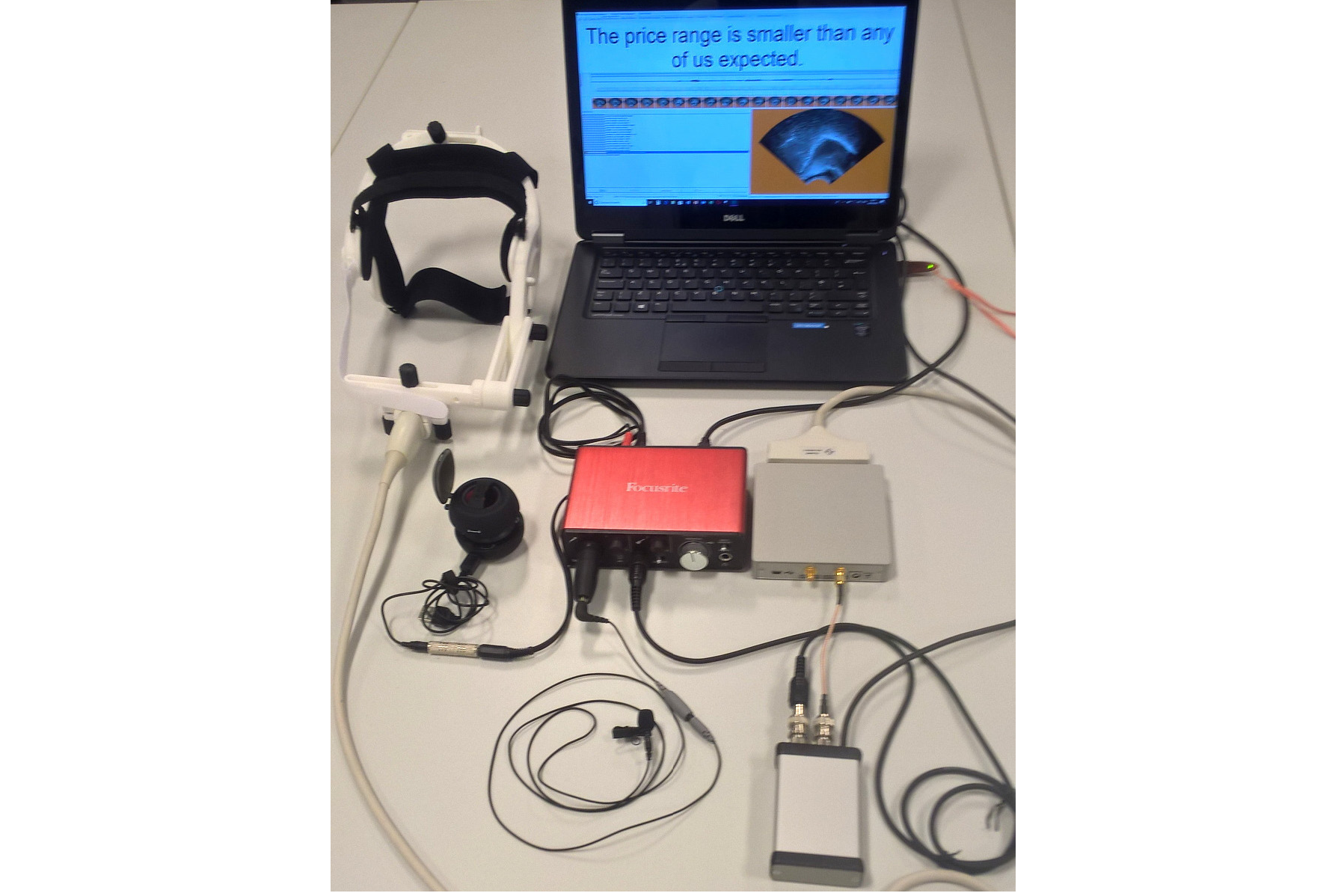
BIOPAC MP-160 System
The Sound Booth Laboratory has a BIOPAC MP-160 system for physiological data collection. This system supports two BIOPAC Respiratory Effort Transducers and their associated interface modules.
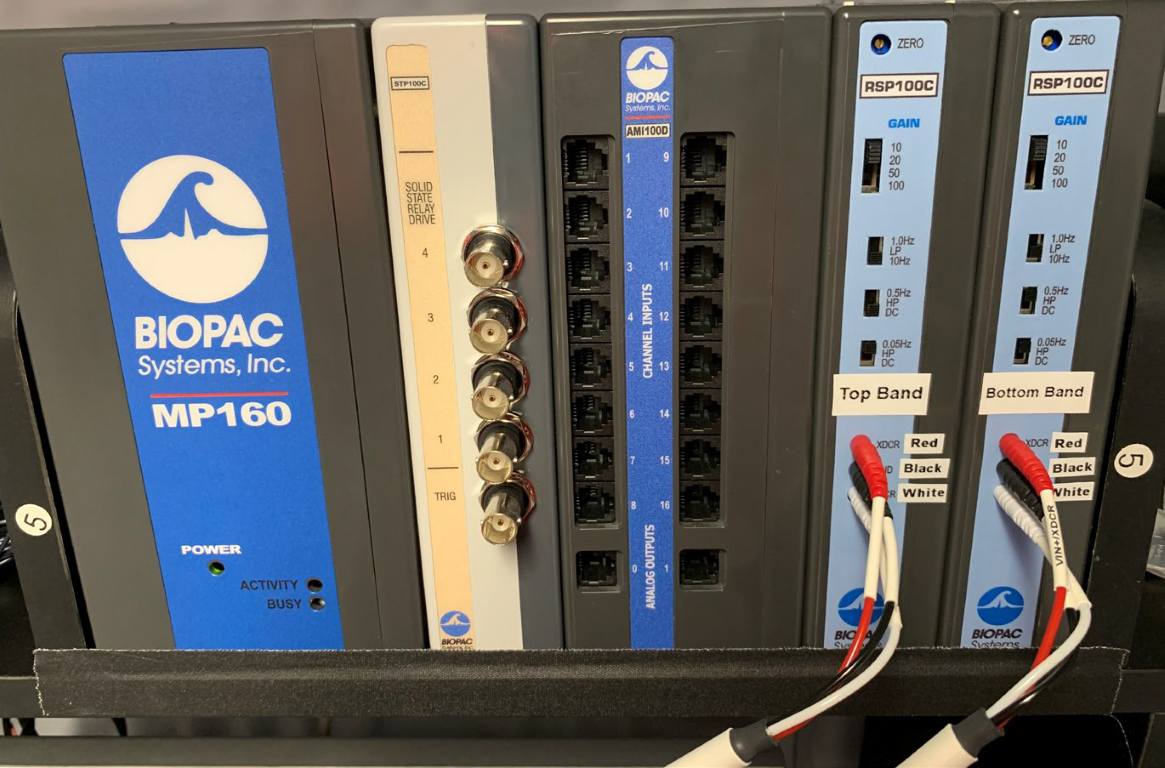
Language Corpora
- The Cornell Linguistics Department has more than 915 language corpora from the Linguistic Data Consortium (LDC), consisting of high-quality text, audio, and video corpora in more than 60 languages. In addition, we receive three to four new language corpora per month under an LDC license maintained by the Cornell Library.
- This Linguistic Department web page lists all our holdings, as well as our licensed non-LDC corpora.
- These and other corpora are available to Cornell students, staff, faculty, post-docs, and visiting scholars for research in the broad area of "natural language processing", which of course includes all ongoing Phonetics Lab research activities.
- This Confluence wiki page - only available to Cornell faculty & students - outlines the corpora access procedures for faculty supervised research.

Speech Aerodynamics
Studies of the aerodynamics of speech production are conducted with our Glottal Enterprises oral and nasal airflow and pressure transducers.
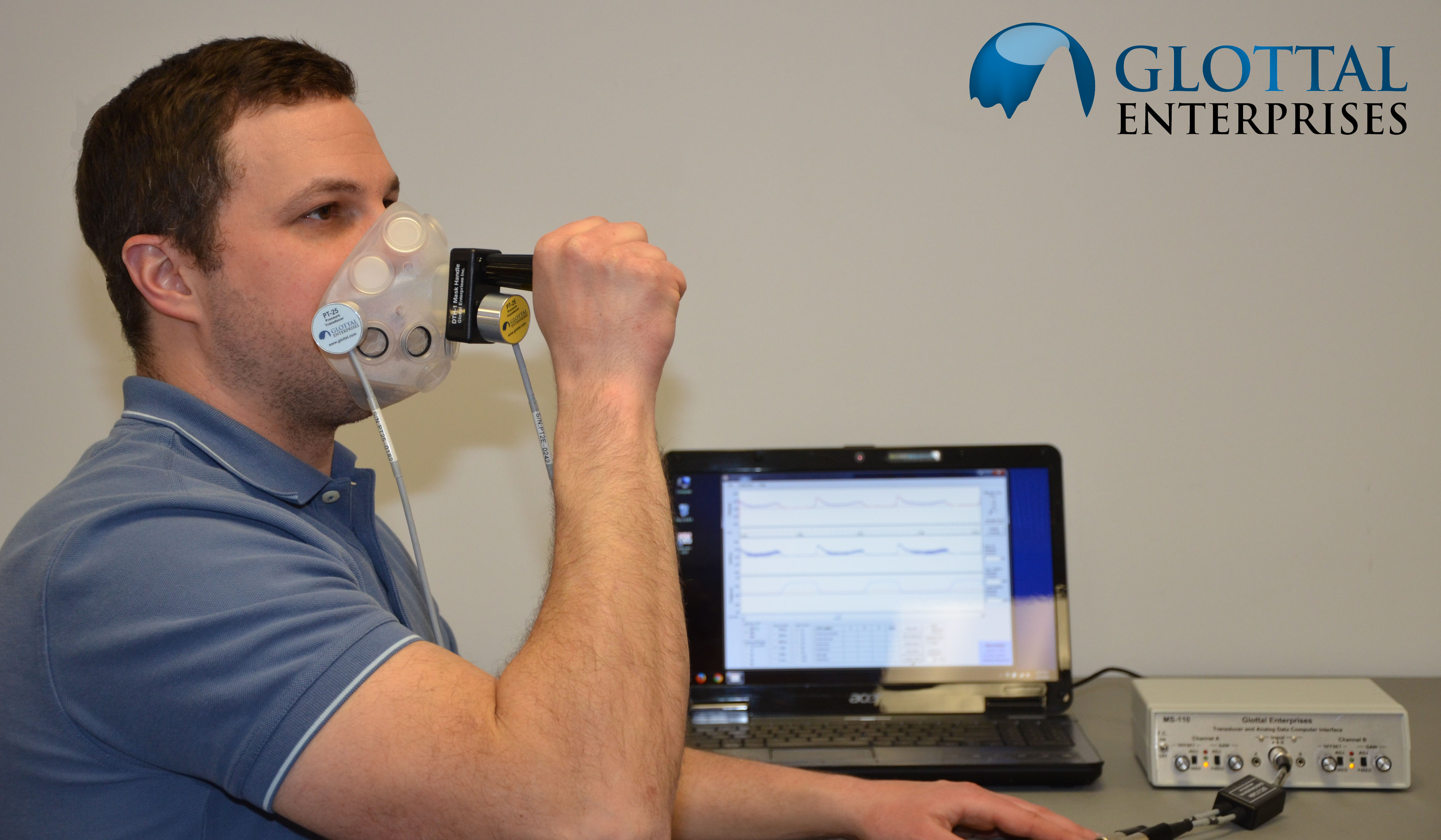
Electroglottography
We use a Glottal Enterprises EG-2 electroglottograph for noninvasive measurement of vocal fold vibration.
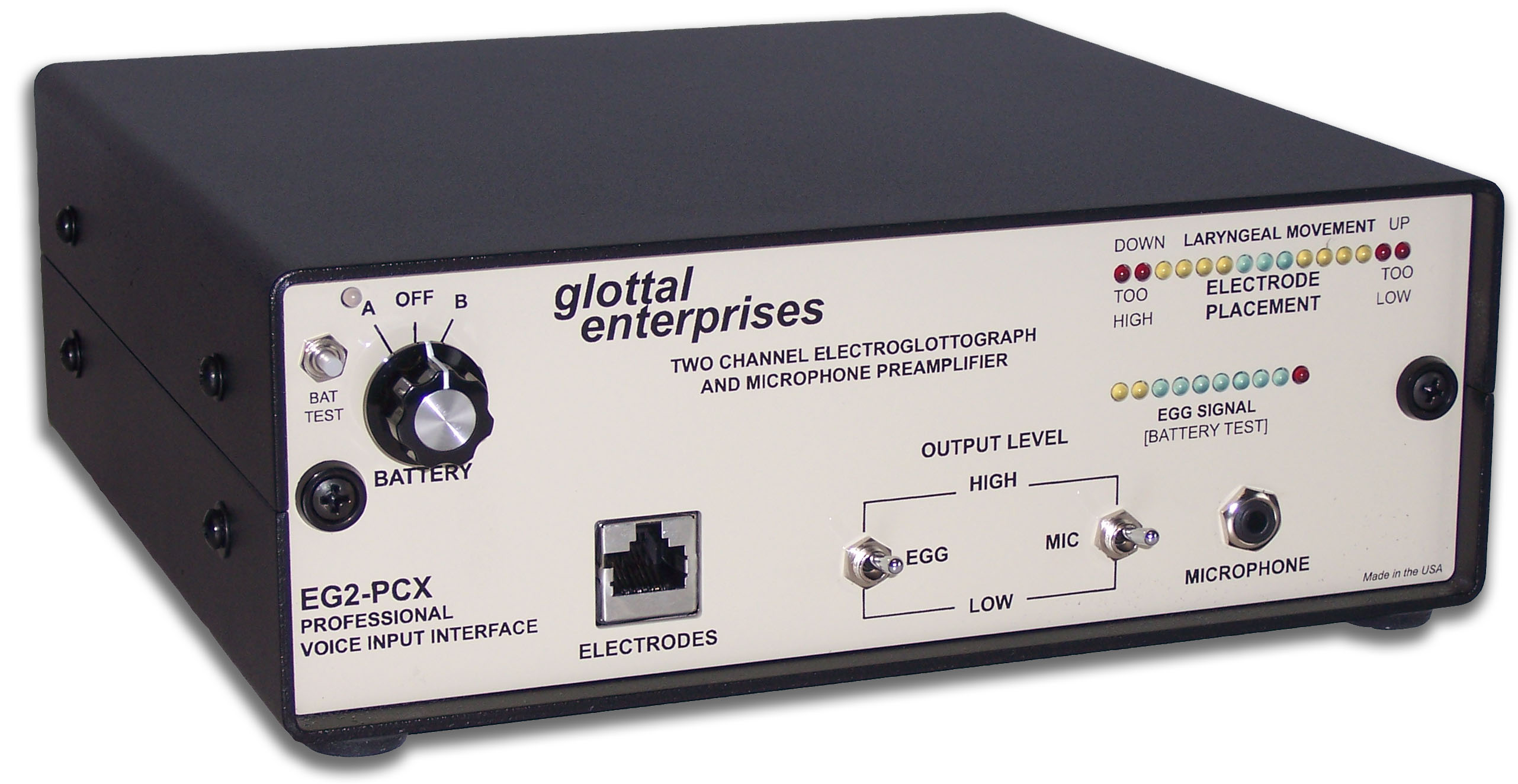
Real-time vocal tract MRI
Our lab is part of the Cornell Speech Imaging Group (SIG), a cross-disciplinary team of researchers using real-time magnetic resonance imaging to study the dynamics of speech articulation.
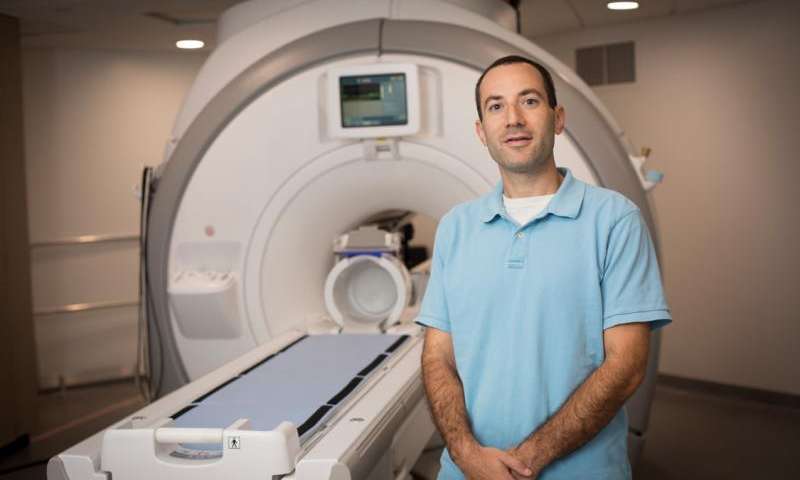
Articulatory movement tracking
We use the Northern Digital Inc. Wave motion-capture system to study speech articulatory patterns and motor control.
Sound Booth
Our isolated sound recording booth serves a range of purposes--from basic recording to perceptual, psycholinguistic, and ultrasonic experimentation.
We also have the necessary software and audio interfaces to perform low latency real-time auditory feedback experiments via MATLAB and Audapter.
